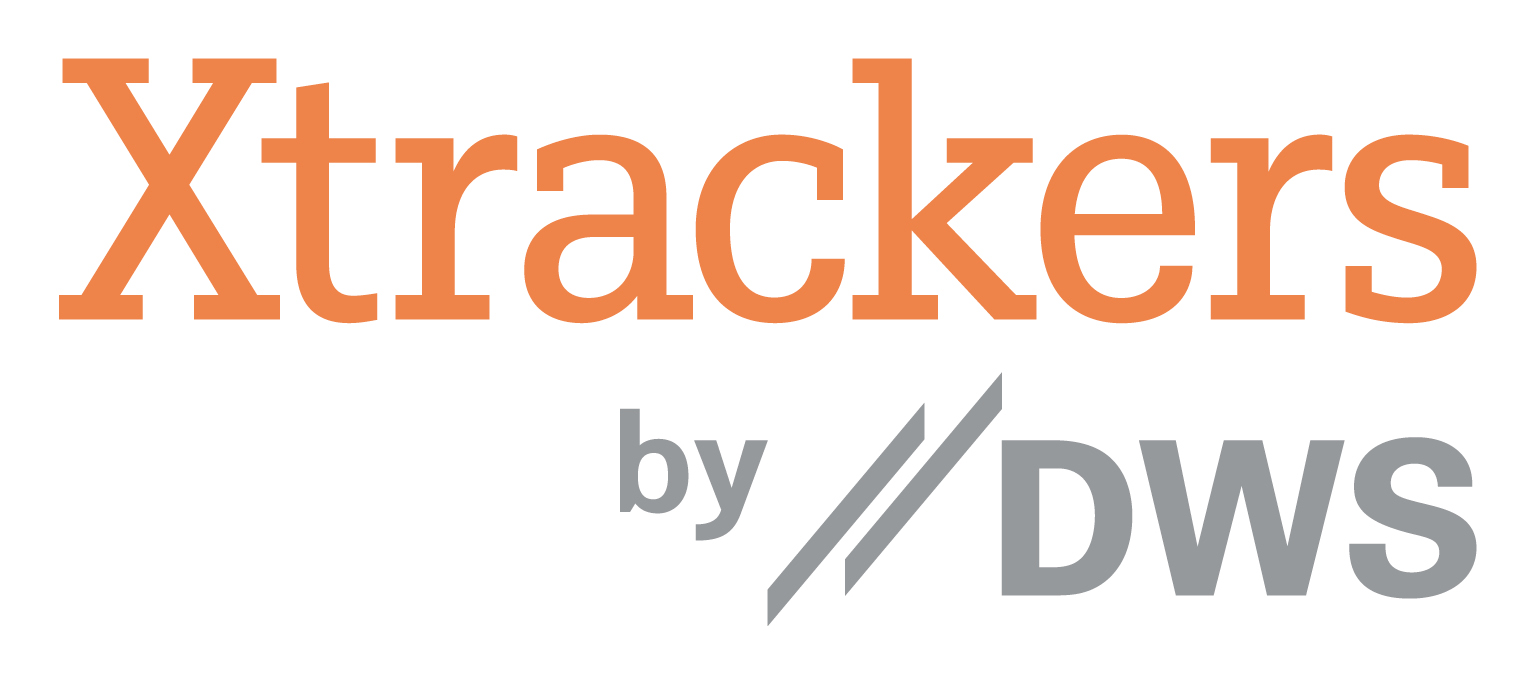Investors flocked to equal-weight ETFs last quarter as market volatility persisted, while TIPS ETFs saw the largest outflows as investors tweaked portfolios in anticipation of economic weakness and falling inflation.
Equal weight ETFs featured in the highest-ranking ETFs by inflows in Q3, suggesting investors are sharpening their focus on potential concentration risks across mainstream benchmarks.
The Xtrackers S&P 500 Equal Weight UCITS ETF (XDEW) pulled in $2.3bn across the quarter, while the iShares S&P 500 Equal Weight UCITS ETF (ISPE) saw $1.6bn inflows across the same period.
This comes against a backdrop of the ‘magnificent seven’ large cap names now comprising 35% of the S&P 500 index, with investors increasingly concerned about the ability of these tech-focused names to continue beating earnings as they have done since early 2023.
The diversification benefits of equally weighted ETFs are also becoming increasingly attractive as uncertainty surrounding the upcoming US elections weighs heavy on investors’ minds, alongside geopolitical tensions continuing to heighten.
Outside of US centric equity allocations, investors added to their core global positions in Q3, with the iShares Core MSCI World UCITS ETF (SWDA) seeing the most inflows of the quarter at $3.3bn, while the Vanguard FTSE All-World UCITS ETF (VWRL) saw $2bn inflows.
Concurrently, US equity exposures remain in the top ranks, with BlackRock’s, Invesco’s and State Steet Global Advisors (SSGA) S&P 500 ETFs all featuring in the top 10 spots.
US equities remain attractive in light of better-than-expected earnings from the top names in tech. A report from BlackRock found Q2 earnings growth for the tech sector was at 20% versus 5% for non-tech sectors - surpassing expectations of 18% and 2% at the start of the earnings season.
Shorter duration bond ETFs - like the iShares $ Treasury Bond 0-1YR UCITS ETF (IB01) - also enjoyed handsome inflows as investor concerns grew that an economic downturn could lead to a sell-off in equity and credit markets.
TIPS suffer shift in investor preference
As inflation expectations have dropped, TIPS have become less attractive compared to nominal bonds, which currently offer higher yields.
This, combined with the lower duration risk of short-dated government bonds like IB01, has led to a shift in investor preference, resulting in outflows of $745m from the iShares $ TIPS UCITS ETF (ITPS) across the quarter.
The Amundi US TIPS Government Inflation-Linked Bond UCITS ETF (TIPU) also followed suit, with $245m outflows across the same period.
Meanwhile, ESG ETFs continued to see outflows this quarter, as regulatory changes see a move away from the term ‘ESG’ in favour of ‘transition’ strategies.
Concerns were sparked when European ESG ETF inflows fell a sharp 49% quarter-on-quarter in Q1, with Morningstar’s Jose Garcia-Zarate stating the asset class is entering a “period of existential crisis”.
Among the worst performing ETFs by flows was the Amundi MSCI USA SRI Climate Net Zero Ambition PAB UCITS ETF (WEBD) which saw $668m outflows in Q3, which also topped the outflows charts in Q2 this year.
The JPM Carbon Transition Global Equity (CTB) UCITS ETF (JPCT) followed closely behind with $649m outflows.
The move away from ‘ESG’ was further outlined when MSCI announced it would rename over 100 ESG indices to align with incoming sustainability product naming rules in Europe and the UK.








